In Fig.
 ABCD is a parallelogram and BC is produced to a point Q such that AD = CQ. If AQ intersect DC at P, show that ar (BPC) = ar (DPQ).Solution in Punjabi
ABCD is a parallelogram and BC is produced to a point Q such that AD = CQ. If AQ intersect DC at P, show that ar (BPC) = ar (DPQ).Solution in Punjabi
Step by step video & image solution for In Fig. ABCD is a parallelogram and BC is produced to a point Q such that AD = CQ. If AQ intersect DC at P, show that ar (BPC) = ar (DPQ). by Maths experts to help you in doubts & scoring excellent marks in Class 9 exams.
Updated on:21/07/2023Topper's Solved these Questions
Similar Questions
In Fig. 9.13, ABCD is a parallelogram and EFCD is a rectangle. Also, AL⊥DC. Prove that (i) ar (ABCD) = ar (EFCD) (ii) ar (ABCD) = DC × AL
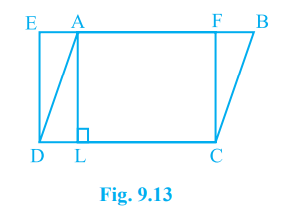
View SolutionGiven an arc of a circle, complete the circle.
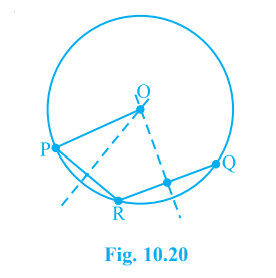
View SolutionDetermine the point of symmetry of a regular hexagon.
View SolutionMatch the following Column A to Column B
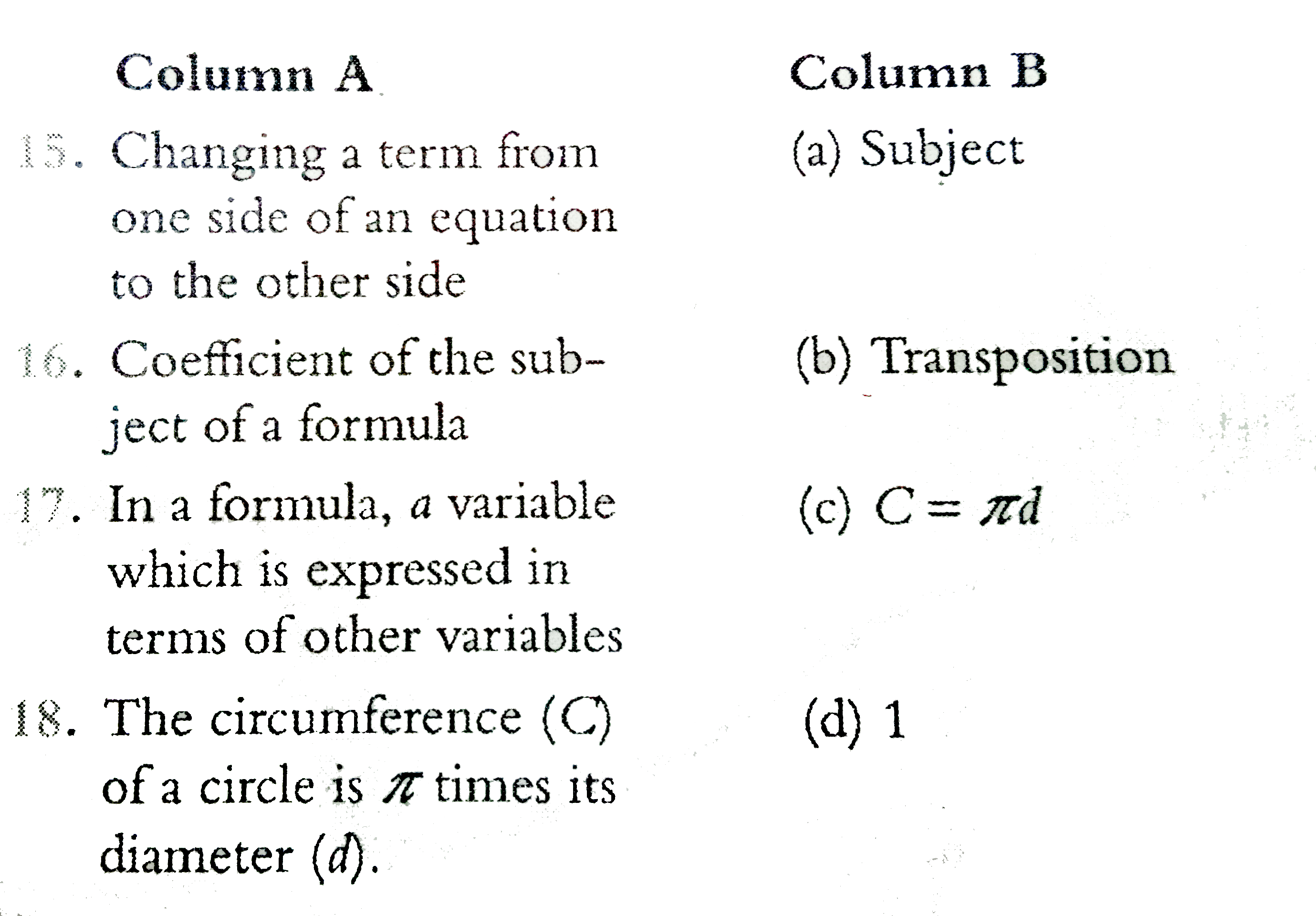
View SolutionMatch the following Column A to Column B
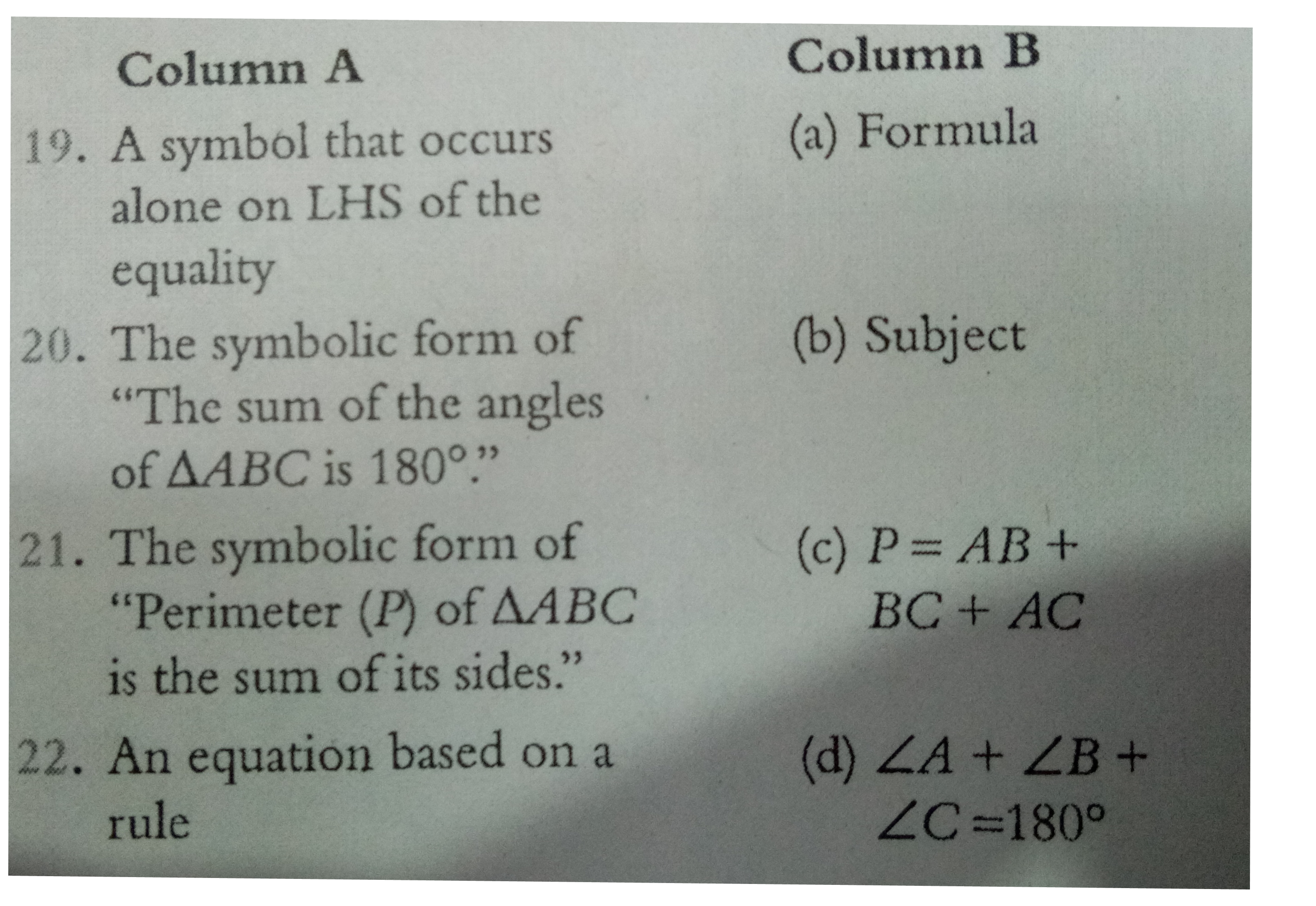
View SolutionMatch the following Column A to Column B
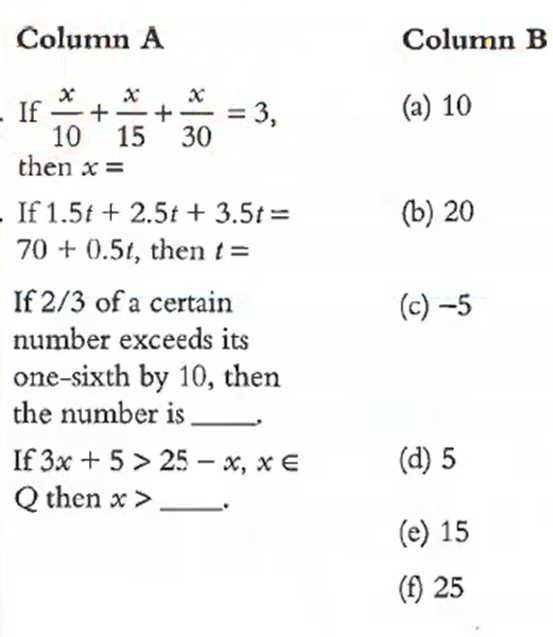
View SolutionThe inequation represented by the graph given below is :
View SolutionThe inequation that best describes the graph given below is _________
View SolutionThe inequation that best describes the following graph is _________
View SolutionIn Fig, find the value of x.
ltimg src="https://d10lpgp6xz60nq.cloudfront.net/physics_images/PS_MATH_IX_C12_S01_032_Q01.png" width="80%"gt
View SolutionAt point P, the value of (dy)/(dx) is : ltimg src="https://d10lpgp6xz60nq.cloudfront.net/physics_images/ALN_PHY_R04_E01_025_Q01.png" width="80%"gt
View Solutionआकृति में, ABCD एक समांतर चतुर्भुज हैं और BC को एक बिंदु Q तक इस प्रकार बढ़ाया गया हैं कि AD=CQ हैं । यदि AQ भुजा DC को P पर प्रतिच्छेद करती हैं , तो दर्शाइए कि ar(BPC)=ar(DPQ) हैं |
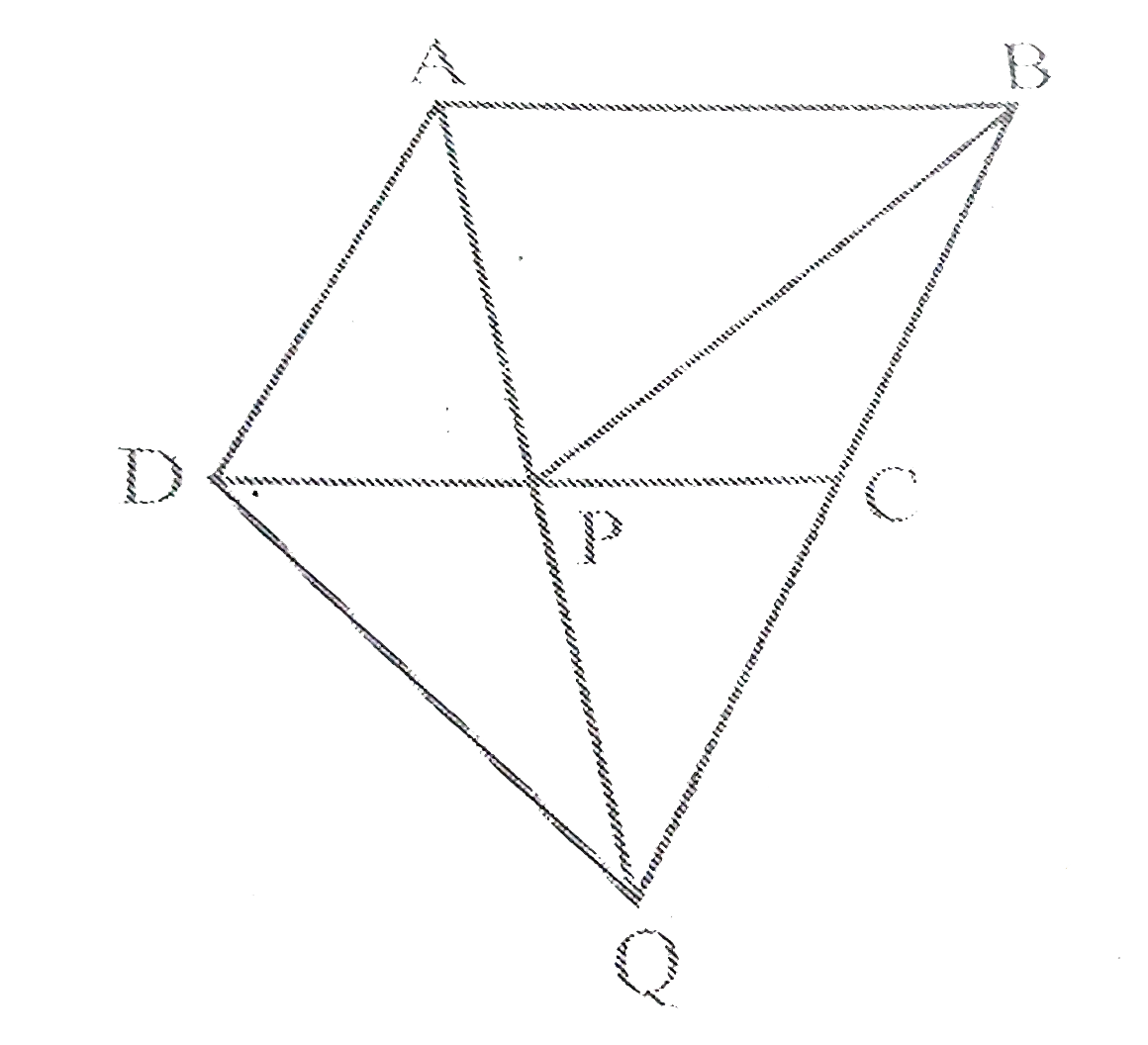
View Solutionआकृति में ABCD एक समांतर चतुर्भुज है और BC को एक बिन्दु Q तक इस प्रकार बढ़ाया गया है कि AD=CQ है। यदि AQ भुजा DC को P पर प्रतिच्छेद करती है तो दर्शाइए कि ar (BPC) = ar (DPQ) है।
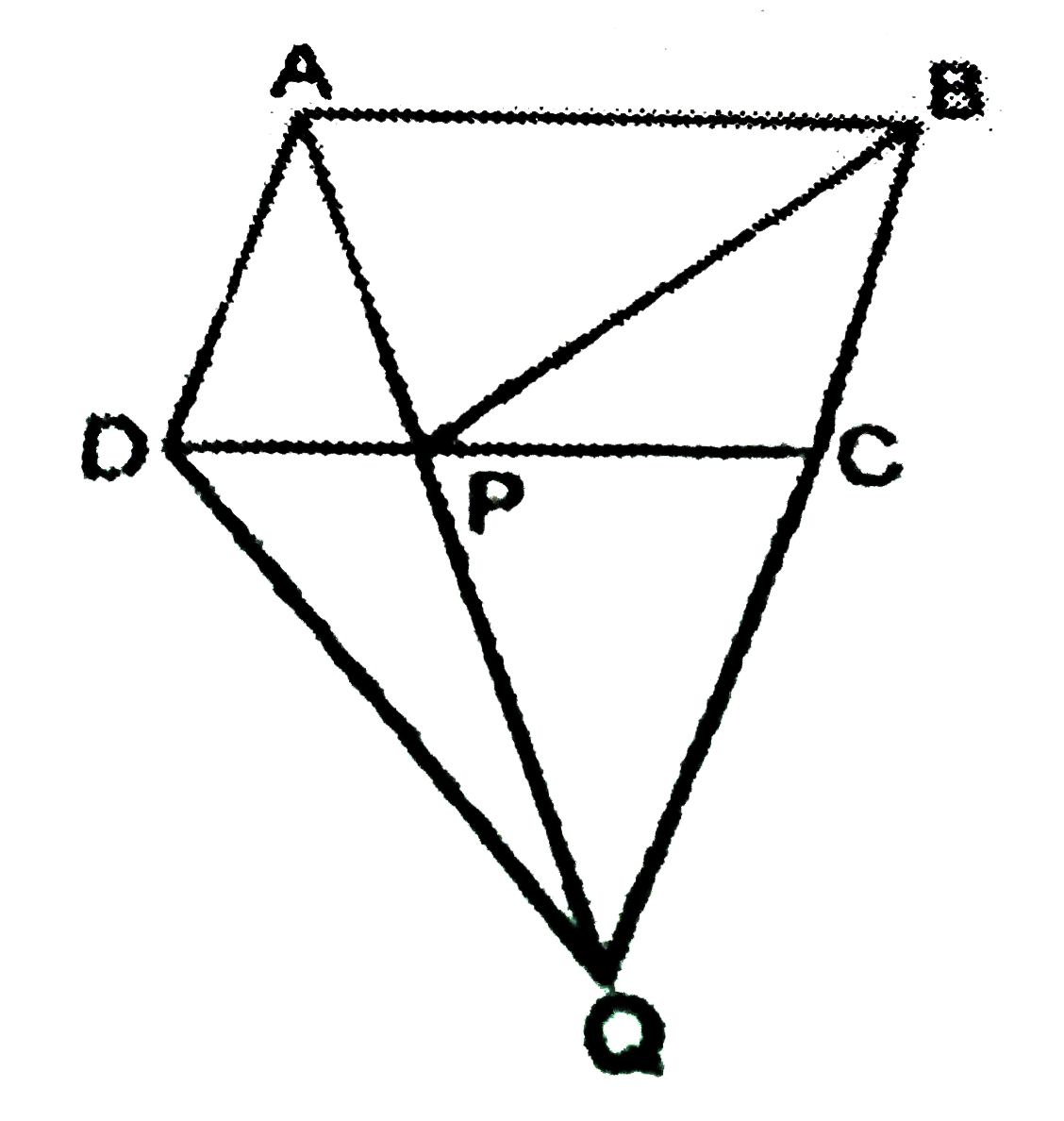
View Solutionदिए गए चित्र में, ABCD एक समांतर चतुर्भुज है और BC को एक बिंदु Q तक इस प्रकार बढ़ाया गया है की AD = CQ है|यदि AQ भुजा DC को P पर प्रतिच्छेद करती है, तो दर्शाइए की ar(BPC)=ar(DPQ)
View SolutionIn the following figure, ABCD is parallelogram and BC is produced to a point Q such that AD = CQ. If AQ intersect AD = CQ. If AQ intersect DC at P, Show that ar (BPC) = ar (DPQ)
View SolutionIn the given fig. If DE||BC Find EC.
ltimg src="https://d10lpgp6xz60nq.cloudfront.net/physics_images/MATH_241_X_SQP_E01_021_Q01.png" width="80%"gt
View Solution
